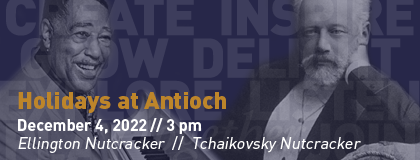Over the last few years, the music of Florence Price has reemerged and the overall response from audiences has been enthusiastic. She was born in Arkansas in a middle-class mixed-race family. She attended the New England Conservatory of Music and graduated with honors in piano and organ performance. She married and settled in Little Rock, until racial tensions that threatened one of her children and a nearby lynching convinced the young family to move to Chicago. Soon after their arrival, she and her husband divorced, and Florence took a job arranging music to help make ends meet. She discovered she had a talent for composing and entered a composition contest with her Symphony in E. It won first prize and was consequently performed by the Chicago Symphony Orchestra to widely supportive reviews.
She had moderate success in getting her compositions performed throughout the country, but also faced racism and sexism issues. She received national attention when one of her songs was performed at the famous 1939 Lincoln Memorial concert in Washington D.C. with Marian Anderson performing. The concert was broadcast across the country. During her lifetime she was primarily known for her songs. After her death, her music was no longer promoted or performed. Then in 2009 her former Chicago home was being renovated and many of her manuscripts were found in storage. A reemergence has taken place ever since, including performances by all the major orchestras and chamber ensembles, and broadcasts on public radio.
There is still not much known about Price’s music or the history of when her works were written. The a minor Quintet was found in the cache of manuscripts in her former Chicago home. It has a handwritten date of 1952 on the score, but historians believe it was composed many years earlier, perhaps in 1936. Price’s style reflects her education in the European models, and it may sound like Dvořák, or perhaps how Dvořák tried to include the music of this country. Interwoven with the European styles Price includes quotes, snippets, and outright references to African tunes and rhythms. The second movement features a hymn and spiritual flavor with twentieth century dissonances and the third movement, “Juba” is reminiscent of a cakewalk tune. The outer two movements are more conservative in stricter European structure and character.
